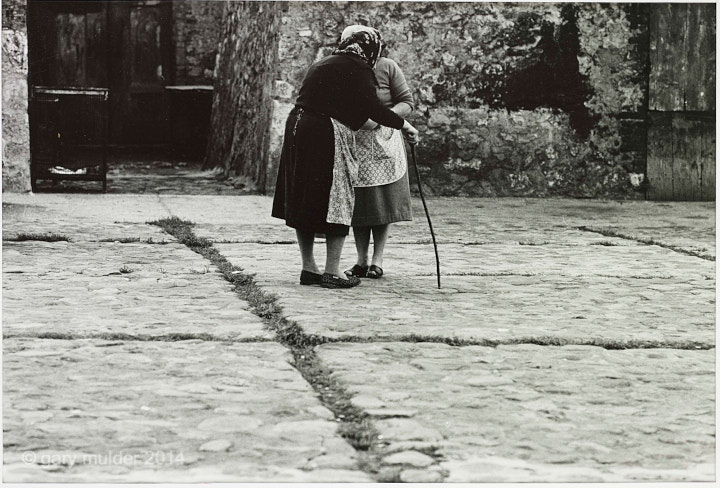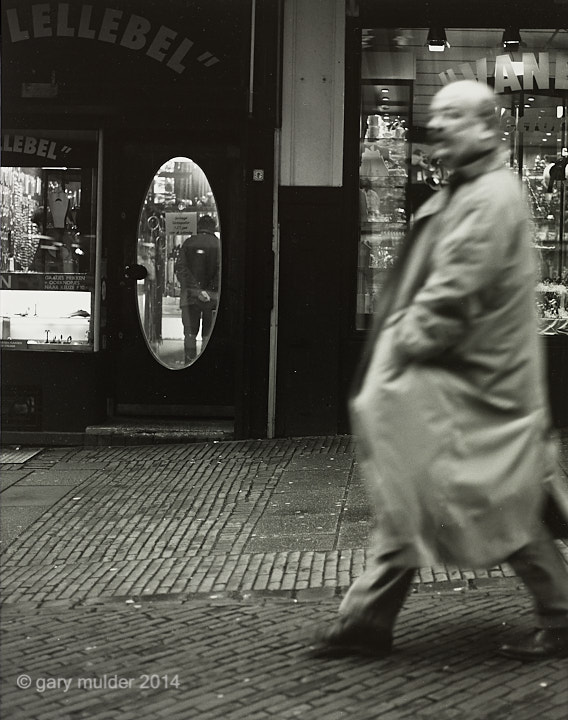- Joined
- Nov 29, 2006
- Messages
- 343
- Format
- 4x5 Format
In an attempt to change this thread in the direction of comparing what a lens can contribute to the artistic value of the photo.
LEICA 90mm f/2
SUMMICRON-M (1980-1998)

The second example is not a Leica lens but a Planar 80mm. This is to make the difference between image character a bit clearer. This photo would have less expressiveness with a Leica lens because the blur is much diffuse/contrast-rich outside the field of focus with the summicron.

LEICA 90mm f/2
SUMMICRON-M (1980-1998)

The second example is not a Leica lens but a Planar 80mm. This is to make the difference between image character a bit clearer. This photo would have less expressiveness with a Leica lens because the blur is much diffuse/contrast-rich outside the field of focus with the summicron.




 .
.